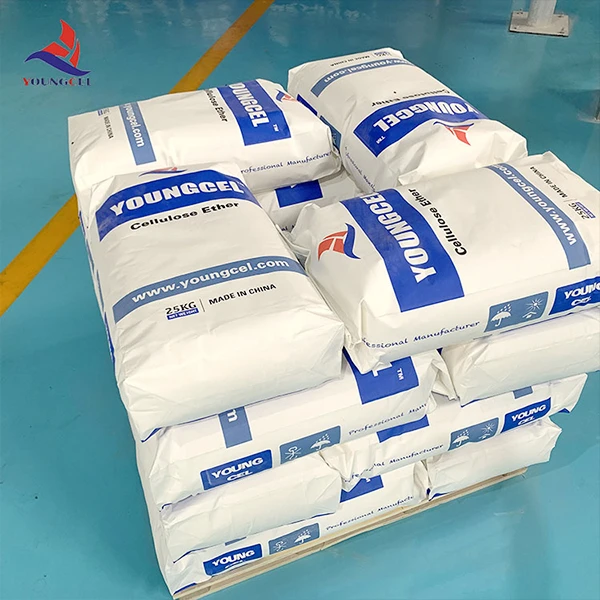Chemicals Used in Paints Understanding the Composition
Paints are ubiquitous in our daily lives, found in everything from homes to vehicles. But what exactly goes into these colorful coatings? Understanding the chemicals used in paints not only aids in selecting the right type for specific applications but also raises awareness about safety and environmental concerns related to their use. This article delves into the key components of paints, highlighting their functions and implications.
1. Binders
Binders are crucial in the paint formulation, acting as the glue that holds the pigment particles together and adheres the paint to the surface. Common types of binders include acrylics, alkyds, and latex.
- Acrylic Binders Known for their durability and resistance to fading, acrylic paints are water-based and dry quickly. They are often used for both interior and exterior applications.
- Alkyd Binders These are oil-based and offer a smooth finish, making them a popular choice for woodwork and metal surfaces. However, they have longer drying times and emit more volatile organic compounds (VOCs).
- Latex Binders Water-based latex paints are easy to clean up and are relatively low in VOCs. They are widely used in residential applications due to their quick drying properties and ease of use.
2. Pigments
Pigments are the colored substances in paint that provide opacity and aesthetic appeal. They can be organic or inorganic, with each type imparting different characteristics to the paint.
- Organic Pigments These are derived from carbon-containing compounds and tend to have bright, vivid colors. However, they may have lower durability and can fade faster when exposed to sunlight.
- Inorganic Pigments Made from mineral compounds, inorganic pigments offer greater stability and resistance to weathering. They are often used in exterior paints due to their durability.
Pigments also play a role in the paint's overall sheen, helping create a matte, satin, or glossy finish depending on the formulation.
3. Solvents
Solvents are used to dissolve the binder and help in the application of paint. They also affect the drying time and consistency of the paint.
chemicals used in paints

- Water In water-based paints, water acts as the primary solvent, making them more environmentally friendly and easier to clean up.
- Organic Solvents In oil-based paints, organic solvents such as turpentine or mineral spirits are used. While they provide excellent performance, they are often associated with higher VOC levels, which can impact indoor air quality and respiratory health.
4. Additives
Additives are incorporated into paint formulations to enhance specific properties and performance. Common types of additives include
- Thickeners These control the viscosity of the paint, ensuring it is easy to apply without running or dripping.
- Surfactants Surfactants improve the wetting and spreading of paint, allowing for a smoother finish.
- Preservatives These help prevent the growth of mold, mildew, and bacteria in the paint, extending its shelf life and durability.
- Anti-settling Agents These prevent pigment particles from settling at the bottom of the container during storage.
5. Environmental and Health Concerns
As awareness of environmental issues grows, the paint industry has taken significant steps to reduce the use of harmful chemicals. Many manufacturers are now producing low-VOC or no-VOC paints, which are safer for both the environment and human health. Additionally, water-based paints have gained popularity due to their reduced impact compared to solvent-based alternatives.
However, it's essential for consumers to read labels and understand the components of the paints they choose. Proper ventilation during application and curing is crucial to minimize inhalation of fumes, even from low-VOC products.
Conclusion
Understanding the chemicals used in paints is vital for making informed choices about their use in various applications. From the binders that hold the paint together to the pigments that provide color and the solvents that facilitate application, each component plays a crucial role. As the industry evolves, focusing on safer formulations will continue to influence paint technology, promoting a healthier environment without compromising on quality and performance. By being conscious of these factors, consumers can contribute to a greener future while enjoying the aesthetic benefits that paint provides.
-
Rdp Powder: Key Considerations for Wholesalers in the Building Materials IndustryNewsJul.08,2025
-
Key Considerations for Wholesalers: Navigating the World of Hpmc - Based ProductsNewsJul.08,2025
-
Hpmc Detergent: Key Considerations for WholesalersNewsJul.08,2025
-
Key Considerations for Wholesalers: China Hpmc For Tile Adhesive, Coating Additives, Concrete Additives, and MoreNewsJul.08,2025
-
Crucial Considerations for Wholesalers: Navigating the World of Construction MaterialsNewsJul.08,2025
-
Key Considerations for Wholesalers Sourcing Additive For Cement, Additive For Concrete, Additive For Putty from Additive Manufacturer Shijiazhuang Gaocheng District Yongfeng Cellulose Co., Ltd.NewsJul.08,2025




